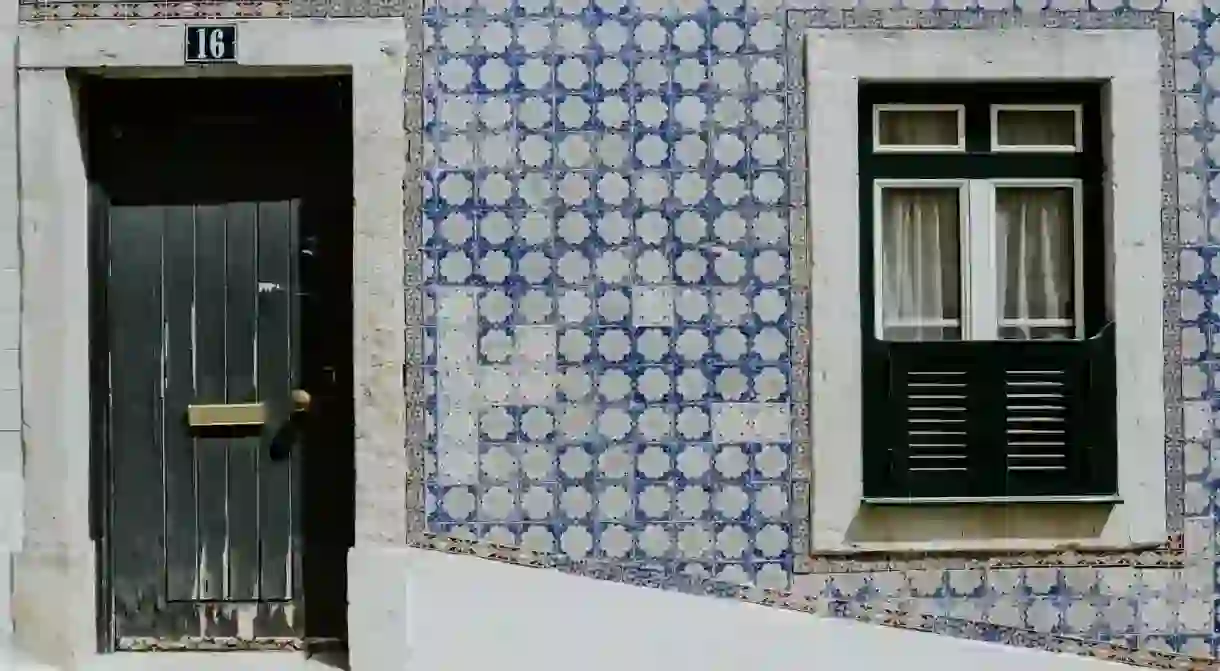A Brief History of Portugal's Beautiful Azulejo Tiles

When someone mentions Portugal, a few things come to mind: Port wine, Lisbon, seafood, surfing, and … azulejos! Even visitors who aren’t familiar with the term may see images of these glazed, ceramic tiles in their mind’s eye. Deeply embedded in Portugal’s history and culture, there are countless wonderful examples of these beautiful tiles.
Earlier records
Azulejos date as far back as the 13th century, when the Moors invaded the land that now belongs to Spain and Portugal, but they secured their foothold in Portuguese culture between the 16th and 17th centuries. The word azulejo stems from Arabic roots, meaning ‘small polished stone’. Originally they were fairly simple structures cut into geometric shapes in neutral tones.



It wasn’t until Portugal’s King Manuel I visited Seville and brought the idea back, that Portugal truly adopted this artwork into its culture. The tiles were used to cover up the large areas of blank wall that were common inside buildings during the Gothic period.


Antique azulejos were decorated in a simple color palate, dominated by blues and whites. It is believed that these colors were influenced by the Age of Discoveries (15th – 18th centuries) and considered fashionable at the time. The other colors that appeared were yellow (sometimes looking gold) and green.


After their introduction by King Manuel I, simple geometric shapes were replaced by more ornate decoration. It was (and still is) typical for the Portuguese to tell stories about their history, religion, and culture through this decorative means; they soon became pieces of public artwork.


While visiting a church or cathedral in Portugal, visitors should pay as much attention to the alters as the interior and exterior walls. Many are decorated in azulejos instead of fabric, depicting a style that started during the 16th century. Birds and leaves were frequently symbols used as decoration, possibly inspired by Asian fabrics.


After the Earthquake of 1755 (which destroyed most of Lisbon), the capital saw a shift from Manueline architecture (a Portuguese-Gothic style) to Pombaline styles, also influencing the use of azulejos.

More modern times
During the last couple of centuries, the use of azulejos exploded. Today, it is common to see them decorating churches, monasteries, restaurants, bars, railway and subway stations, palaces, and regular homes. They are also used extensively in interior decoration.




Today, azulejos are a dominant feature in every Portuguese city and can be seen in the villages as well. In addition to public buildings and private homes, they are used as street signs, to decorate public benches, and along beach walls.



Some of the most famous sites known for their azulejo art include the Sao Bento Railway Station in Porto, the Buçaco Palace, and many stops in the Lisbon Metro.















